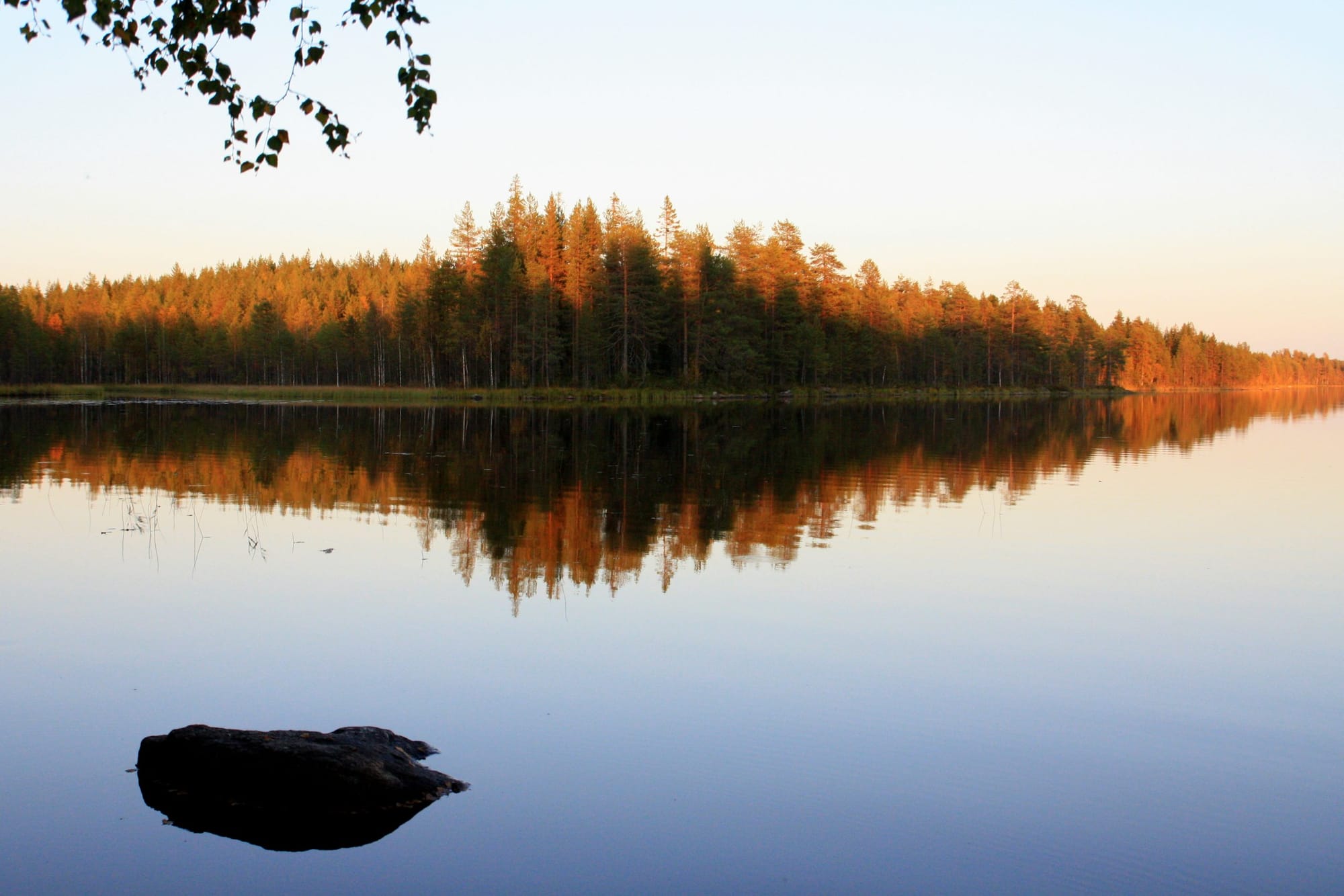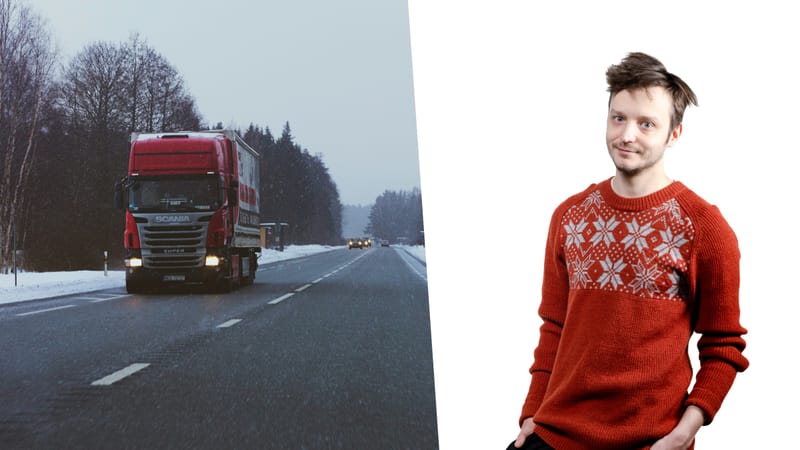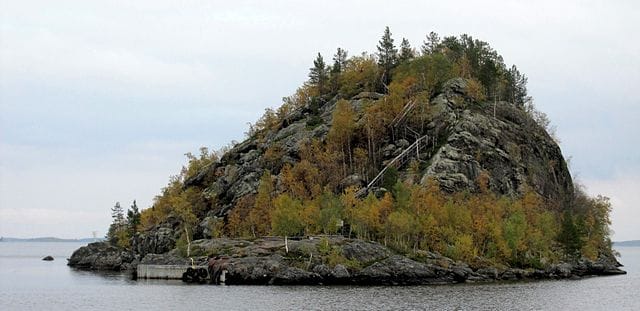Air quality and renewable energy are Finland’s strengths in European comparison
Finland is slipping from its targets to safeguard carbon sinks and nature, even though forests, peatlands and a thriving environment are among its most vital assets.

The European Environment Agency’s State of the Environment in Europe 2025 report shows that Finland has the best air quality in Europe and that its greenhouse gas emissions have dropped significantly thanks to the growth of renewable energy production. The transition away from fossil fuels has also been supported by a new nuclear power plant and the growing use of heat pumps in households.
Finland has achieved, or is close to achieving, many of the sustainable development goals related to social and economic sustainability. However, major challenges remain in several ecological targets.
Much work remains to advance the circular economy
Finland’s per capita consumption of natural resources is the highest in Europe. Although circular economy goals have been placed at the centre of political strategies, the country’s material reuse rate is only 4.4 percent – well below the EU average.
At the policy level, Finland has committed to promoting the circular economy, but national characteristics such as long distances and sparse population pose challenges. Large quantities of materials are needed for infrastructure construction and maintenance, and reuse or recycling is often neither as easy nor as economically viable as producing new materials.
The report’s findings on Finland’s carbon sinks confirm what was already known: they have collapsed. Logging and emissions from peat-rich soils have turned the land-use sector from a carbon sink into a source of emissions.
Environmental protection is a necessary investment in the future
Finland is struggling to meet key policy goals such as halting biodiversity loss by 2030 and achieving carbon neutrality by 2035. Compromising on these goals would be short-sighted, as failing to invest sufficiently in the environment will only make problems worse – and costlier to fix.
“Finland must hold on to its environmental goals and legislation. Our society’s prosperity is built on the use of natural resources, but for a long time this use has been unsustainable, threatening both people’s wellbeing and our future success,” says Leif Schulman, Director General of the Finnish Environment Institute (Syke).
“Our knowledge base on the risks of climate change and biodiversity loss is strong. We also understand what measures are needed to change course and how to best adapt to environmental risks. By investing in clean energy and restoring our waterways, we can secure the wellbeing of our society – including its economic competitiveness,” Schulman continues.
A sustainable transition requires simultaneous action across sectors
While sustainability challenges remain significant, the State of the Environment in Europe 2025 report also highlights major progress, such as improvements in air protection and renewable energy. These achievements show that consistent policies and effective implementation can lead to real impact.
A comprehensive sustainability transition depends on many simultaneous actions across different sectors of society. In the food system, reducing climate and water emissions while preserving biodiversity requires changes in both farming practices and diets.
In the energy system, the move away from fossil fuels is reflected not only in changes to power plants but also in opportunities for consumers to produce electricity locally. Finland’s transport system must also evolve to promote everyday physical activity and public transport, while supporting the shift to low-emission driving where necessary.
“It is also crucial that we learn from failures, accelerate concrete actions, and scale up successful local initiatives – across Europe if needed. By investing in environmental protection, both Finland and Europe can strengthen their competitiveness, enhance citizens’ quality of life, and maintain social resilience and security,” Schulman concludes.





